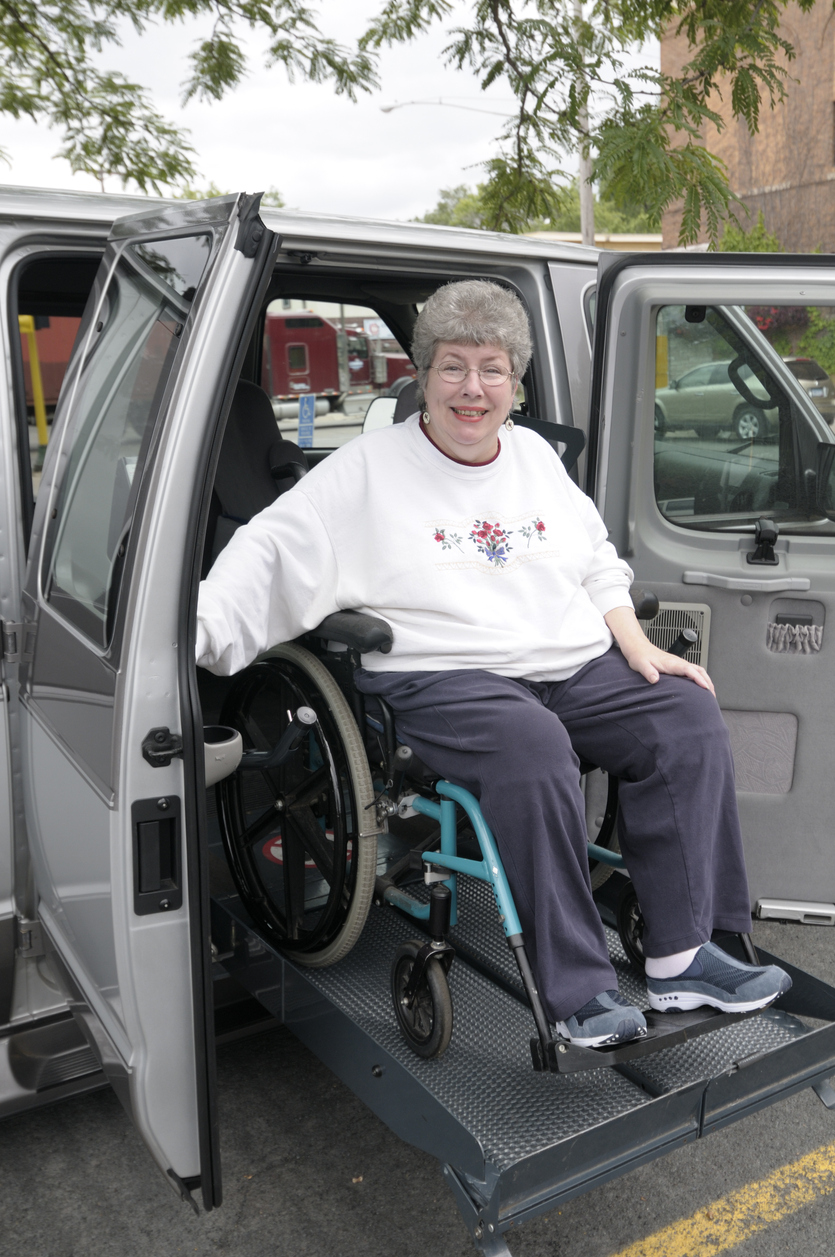Pain
What Is Dysesthesia?

What is dysesthesia?
Dysesthesia is pain triggered by the central nervous system and is commonly associated with multiple sclerosis. It causes pain sensations when a stimulus is not present. It is typically felt in the legs and feet, but any part of the body can be affected.
What does dysesthesia pain feel like?
The pain of dysesthesia is described as burning, prickling and aching. Dysesthesia pain can start in the legs or feet and can move to the arms causing a squeezing sensation around the chest referred to as the “MS hug.” The pain from dysesthesia is either acute or chronic. Acute pain occurs suddenly and disappears in a timely manner. Chronic pain can appear suddenly, too, but it lingers for an extended period. A sensation can change from normal to abnormal quickly. For example, the feeling of clothing against the skin can suddenly become very painful.
What are the symptoms?
- Skin crawling sensations
- Aching or throbbing
- Burning or stinging
- Shooting, stabbing or tearing pain
- Electrical shock sensations
What complications can occur with persistent dysesthesia?
- Skin/scalp irritation
- Fatigue
- Irritability
- Anxiety
- Depression
- Isolation

















